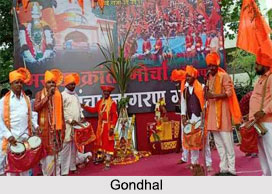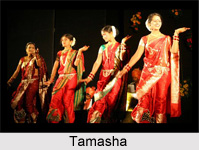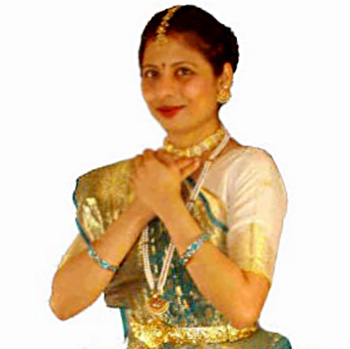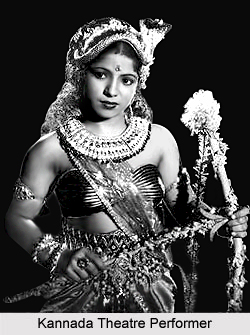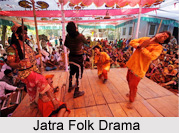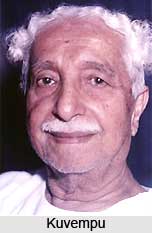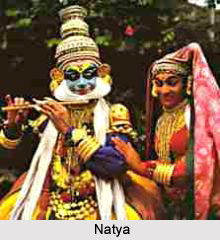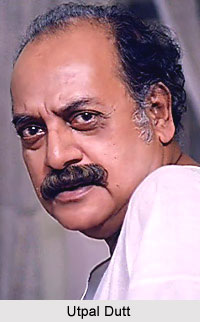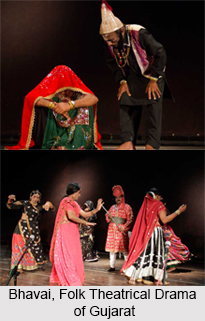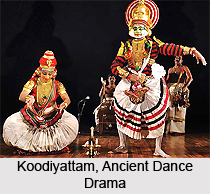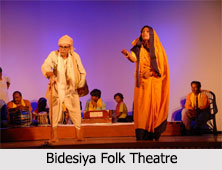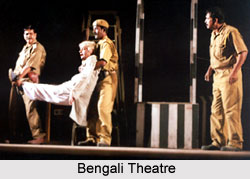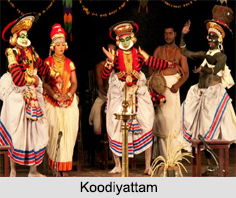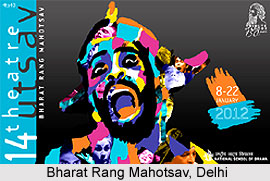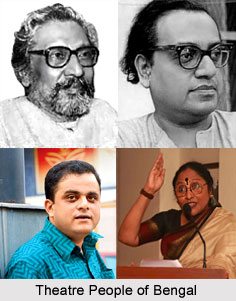Third theatre or anganmancha actually means the courtyard theatre. The name is given by Badal Sircar to a form which, he felt, would extend the horizon of Bengali theatre. It was also expected to rescue it from its staleness and rusted practices and preoccupations. He proposed a combination of urban and rural styles, with socially committed themes, performed informally in found spaces, taking theatre to people everywhere. When he wrote his early comedies and major plays he did not have either misgivings about the proscenium stage or any clear idea of the Third Theatre. These evolved as he began work with his group Satabdi in the 1970s.
However, Sircar had been exposed to theatre in foreign countries, and particularly attracted by experimentation that abjured conventional auditoriums. He confirms in his book on the subject how his thinking was substantiated by what he saw in various Indian folk forms like Jatra. Group rehearsals and discussions with Julian Beck and Judith Malina of the Living Theatre helped him concretize his vision of Third Theatre, kindred to arena theatre, theatre in the round, environmental theatre, and similar innovations.
A few excerpts from Sircars book best describe the idea and its practical exposition. Satabdi performed Spartacus in an empty room and outdoors at a downtown Calcutta park in 1972-3. Sircar first directed his own Michhil or Procession and Bhoma for village shows in 1974 and 1976 respectively. The latter written and produced collectively with the villagers. Badal Sircar conducted workshops all over India and inspired many a Third Theatre activist in other states. He remarks that `slowly but surely the Third Theatre is taking roots in the soils of India`. Dedicated followers with long careers of commendable work include Probir Guha in Bengal, but there is no evidence yet that Third Theatre poses a challenge to the proscenium. For all of Sircar`s ideas and exemplary effort in giving shape to them, it remains a fringe phenomenon in contemporary Indian theatre.
This article is a stub. You can enrich by adding more information to it. Send your Write Up to content@indianetzone.com
